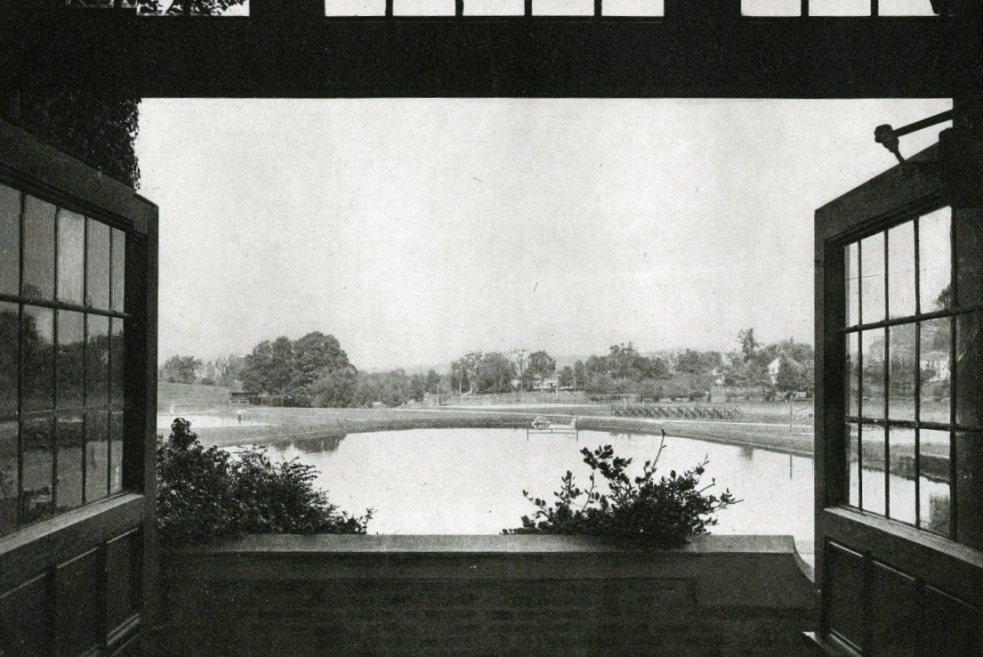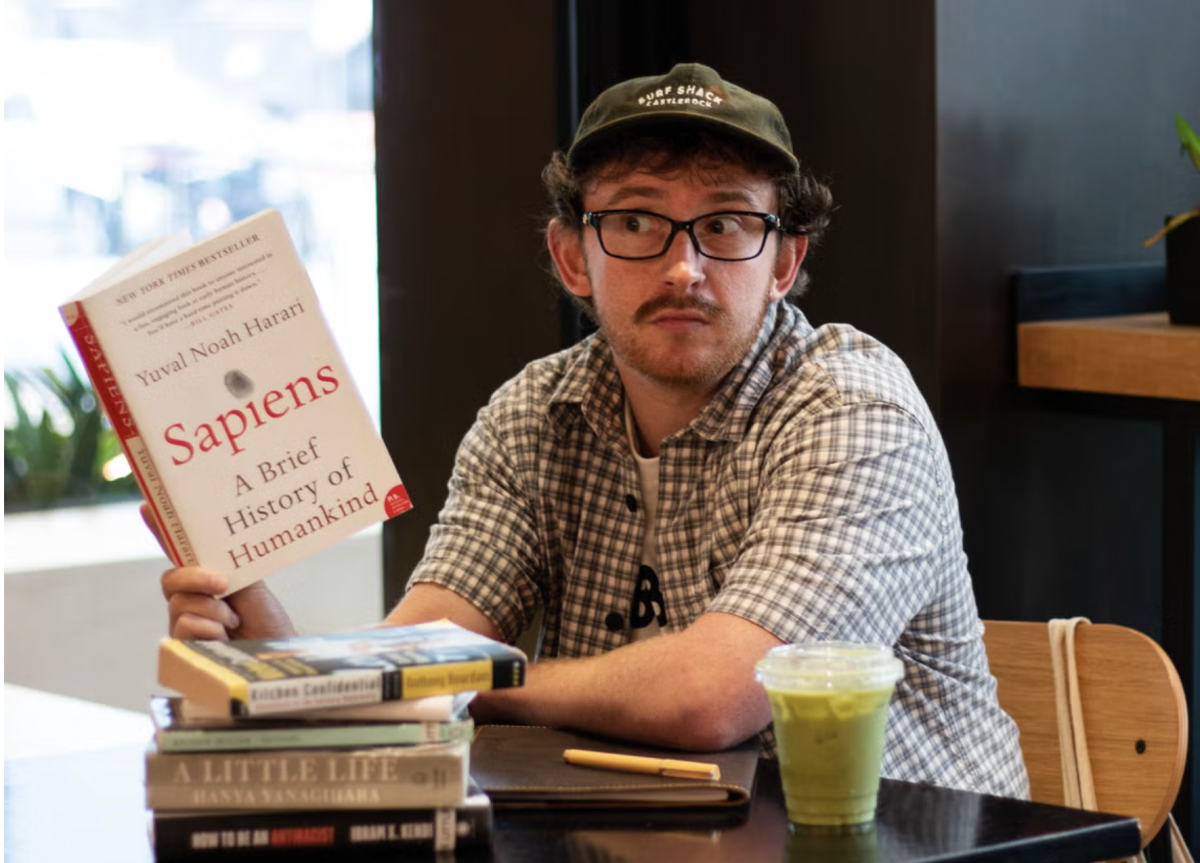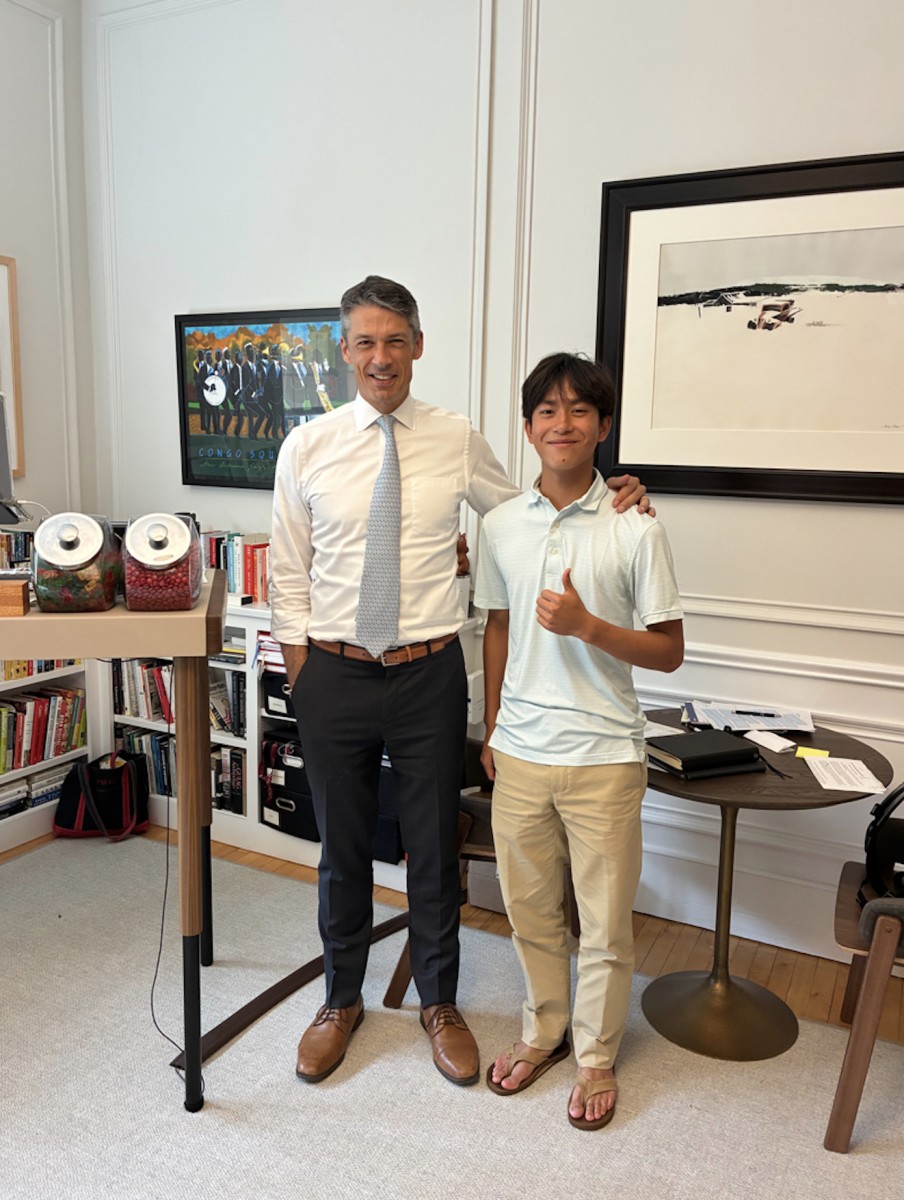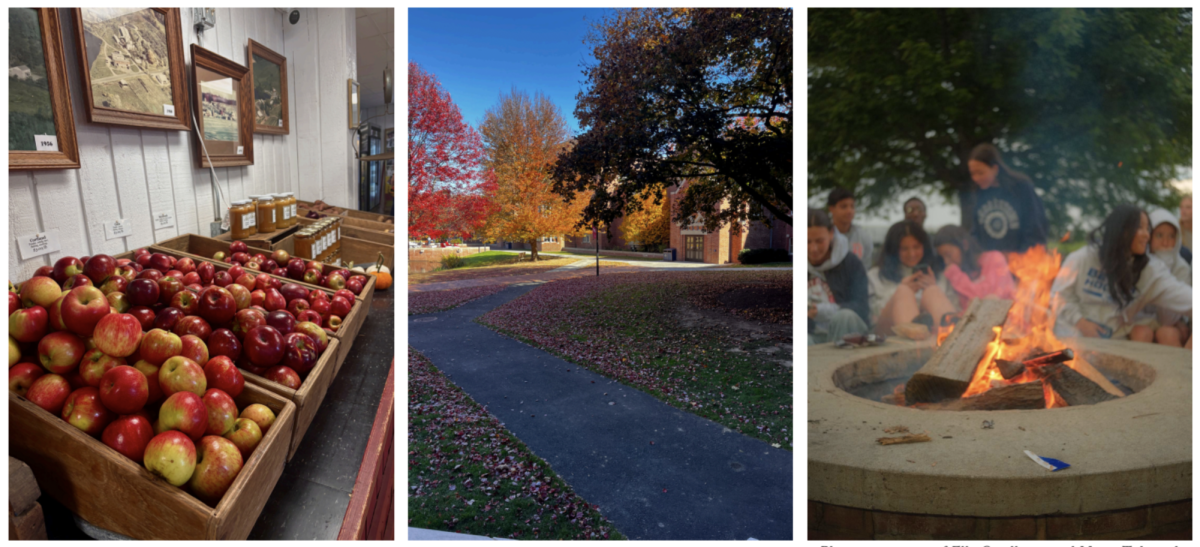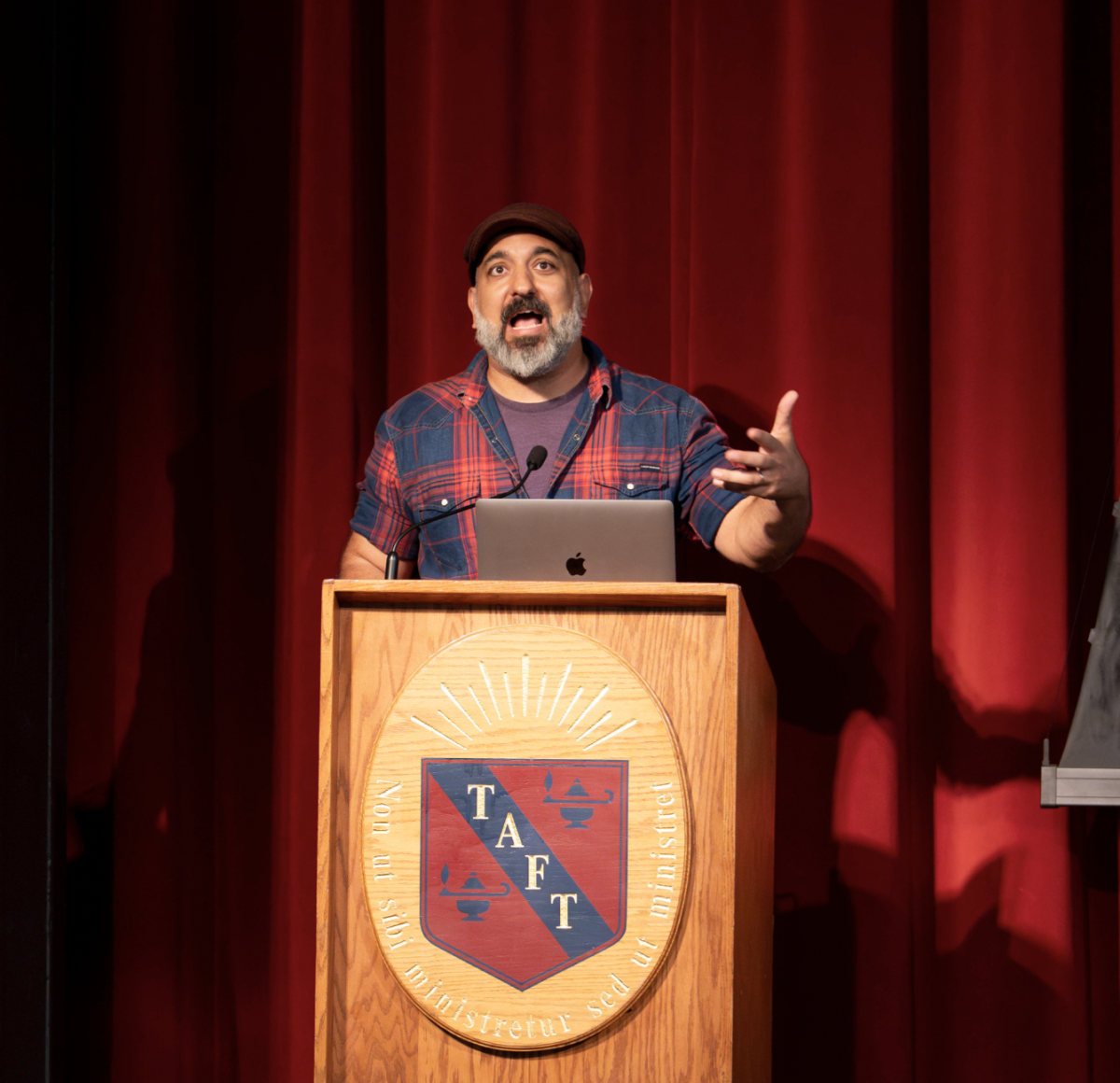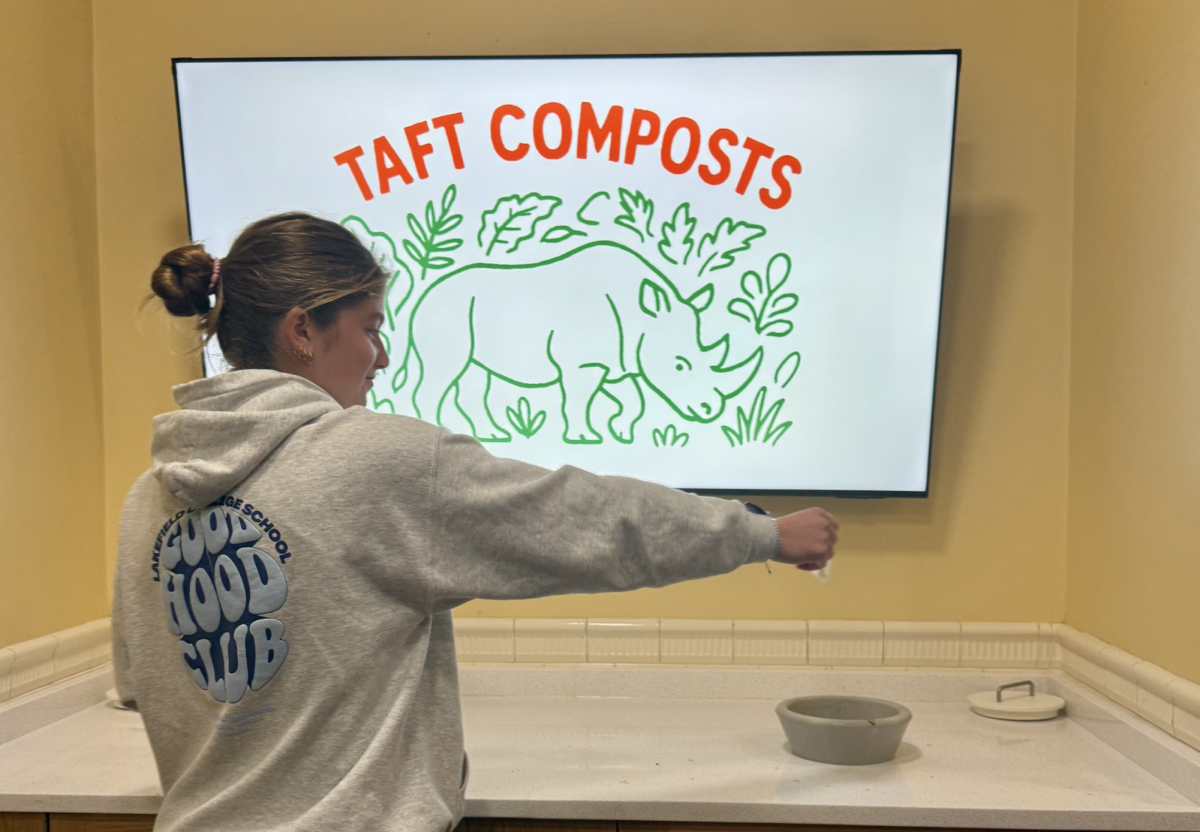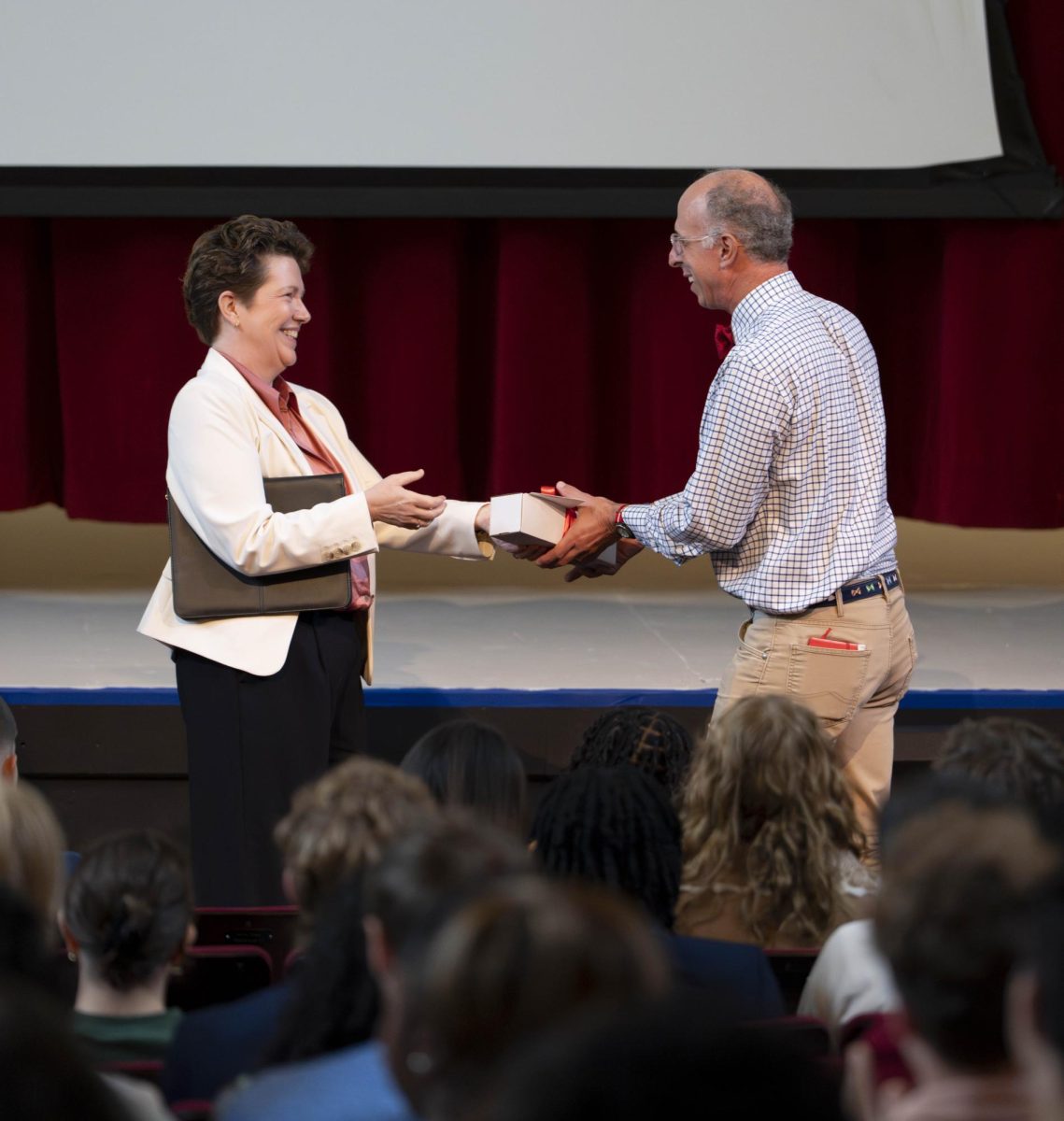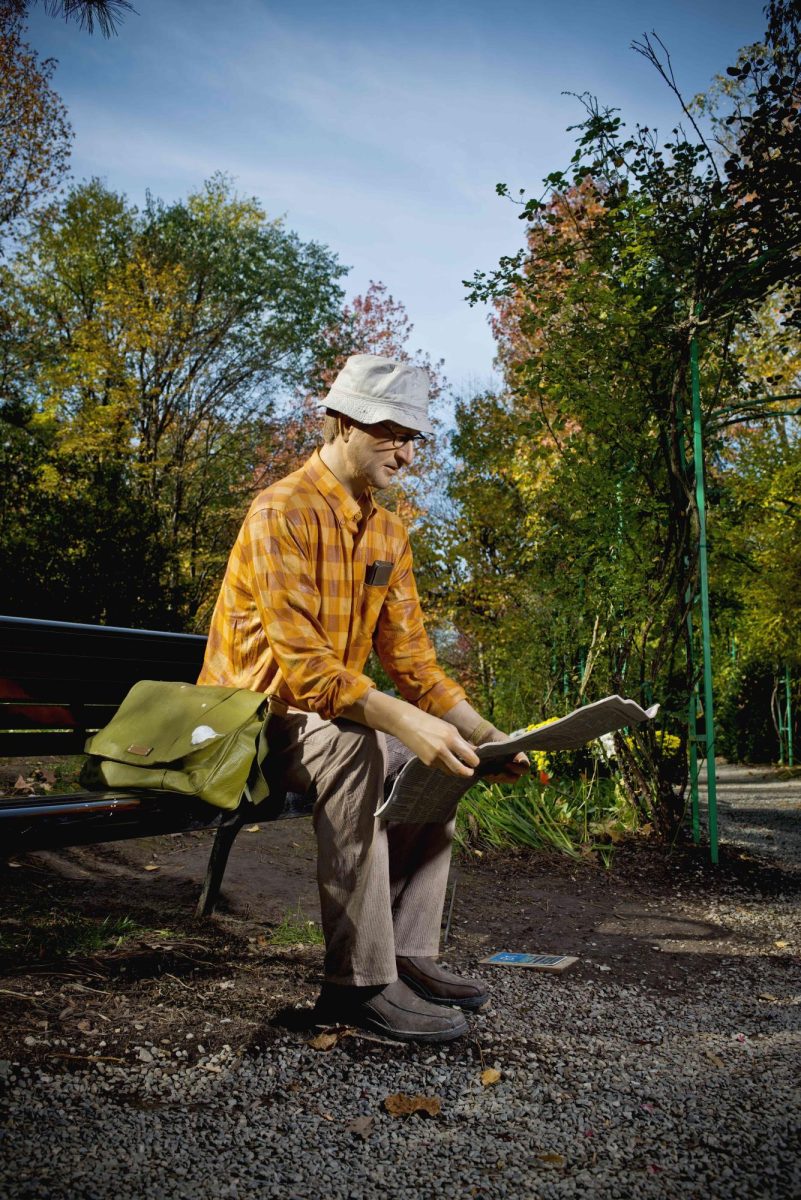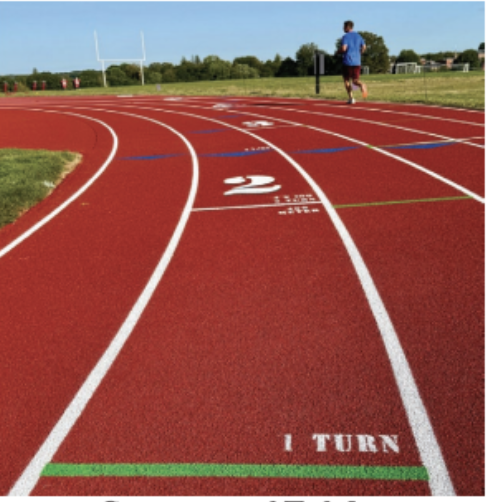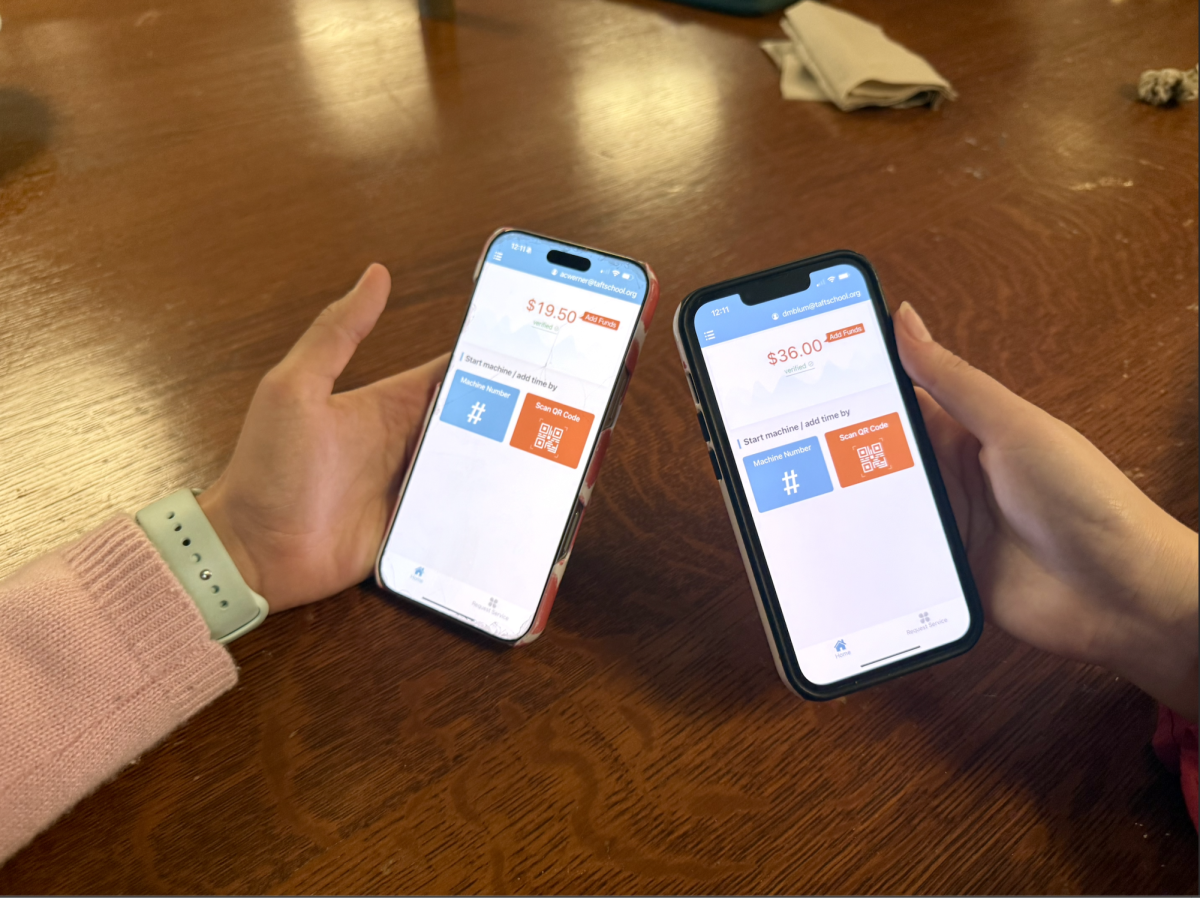When putting food away at the servery, students will notice some new features: composting stations staffed by EcoMon members, informational signs posted throughout the dining hall, and a flat-screen TV showing directions for how to compost correctly. This new composting system, nestled to the side of the servery, will help Taft compost thousands of pounds of food waste every year.
Skeptics may be wondering: Why does composting matter? For starters, composting reduces the amount of waste that reaches landfills. This, in turn, reduces methane emissions, improves soil health, and reduces food waste —an inevitable byproduct of having an all-you-can-eat buffet at every meal and people with eyes bigger than their stomachs. A composting station also helps people become aware of how much food they waste per meal. This subtle reinforcement helps people curb their sometimes wasteful behavior.
The EcoMons composting initiative for the 2025-2026 school year launches with a three-part plan: education, content, and stationing. These parts are aimed at making composting a regular part of each person’s dining experience, students and teachers alike.
The first part of the new composting plan is education. The EcoMons plan to ensure every student is invested in the success of this project by educating students on composting, including presentations at assembly on what can be composted vs. what cannot, and where waste goes. Plus, information on the exact benefits of composting will be shared regularly, allowing the whole community to fully realize the benefits of composting.
The second part of the plan revolves around content. Displayed on the TVs around Taft, the EcoMons have come up with innovative guides to help each student visually understand when and how to compost. Soon, a video will be released further detailing the dos and don’ts of composting. These visual cues help transform the space into an interactive learning environment where those unsure how to compost can easily grasp the otherwise complex process.
Lastly, volunteers stand guard, putting shifts in during lunch and dinner blocks to help aid the efforts to compost. This presence helps bring a sense of familiarity to those unfamiliar with the system of composting, as they can ask for help on how to do it correctly. During a typical lunch period, volunteers help 200+ students compost!
After the last bit of food is thrown away, waste is transported miles away to a composting center. It’s easy to assume that those in charge of the initiative hope for people to compost perfectly. However, talking to some EcoMons, they emphasize a “Do your Best” approach. Perfection is not the goal for the project, but building awareness about the goal and ultimately, embedding within Taft’s dining culture a habit for composting by actively bringing students’ attention to the initiative.

